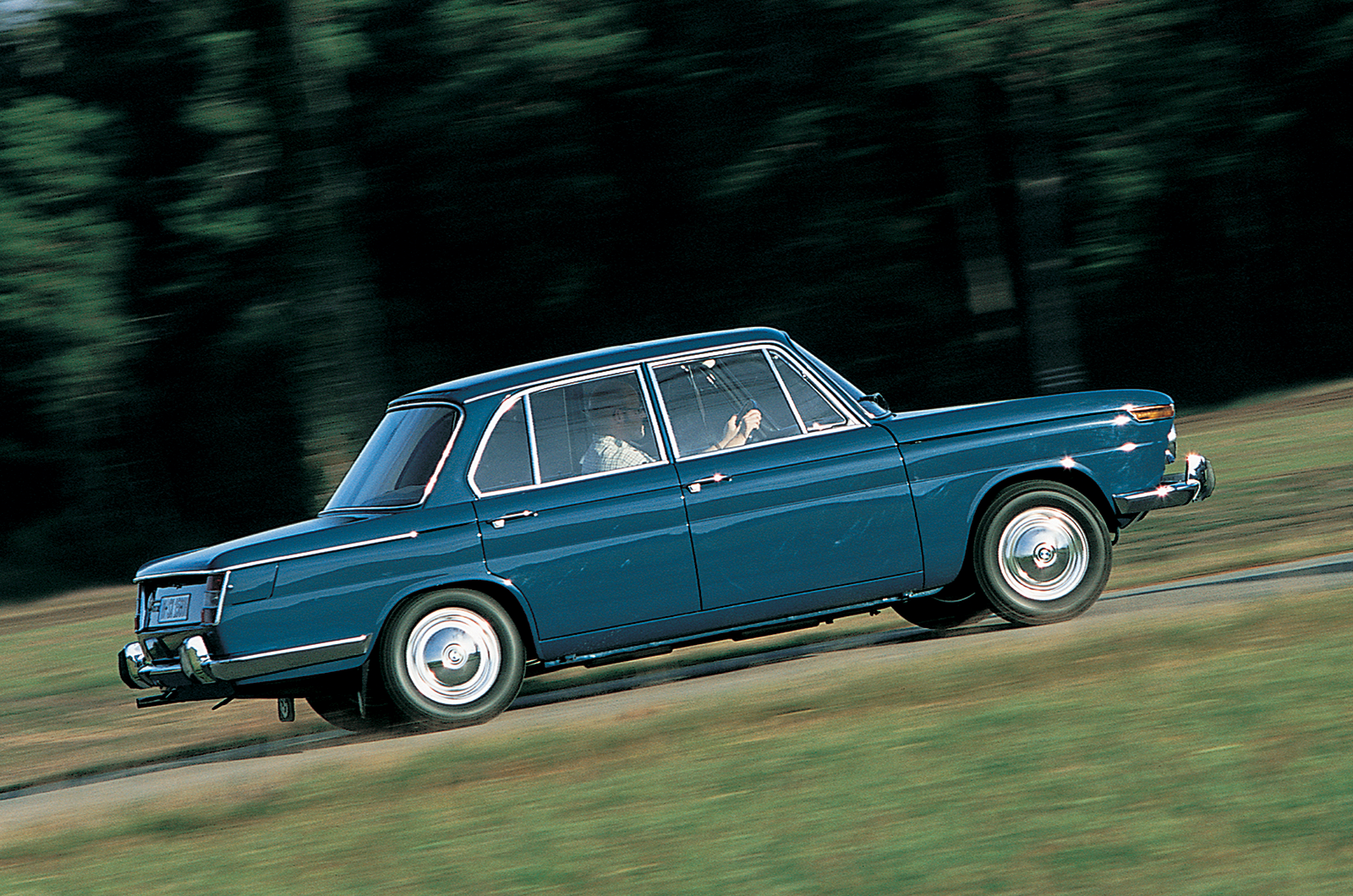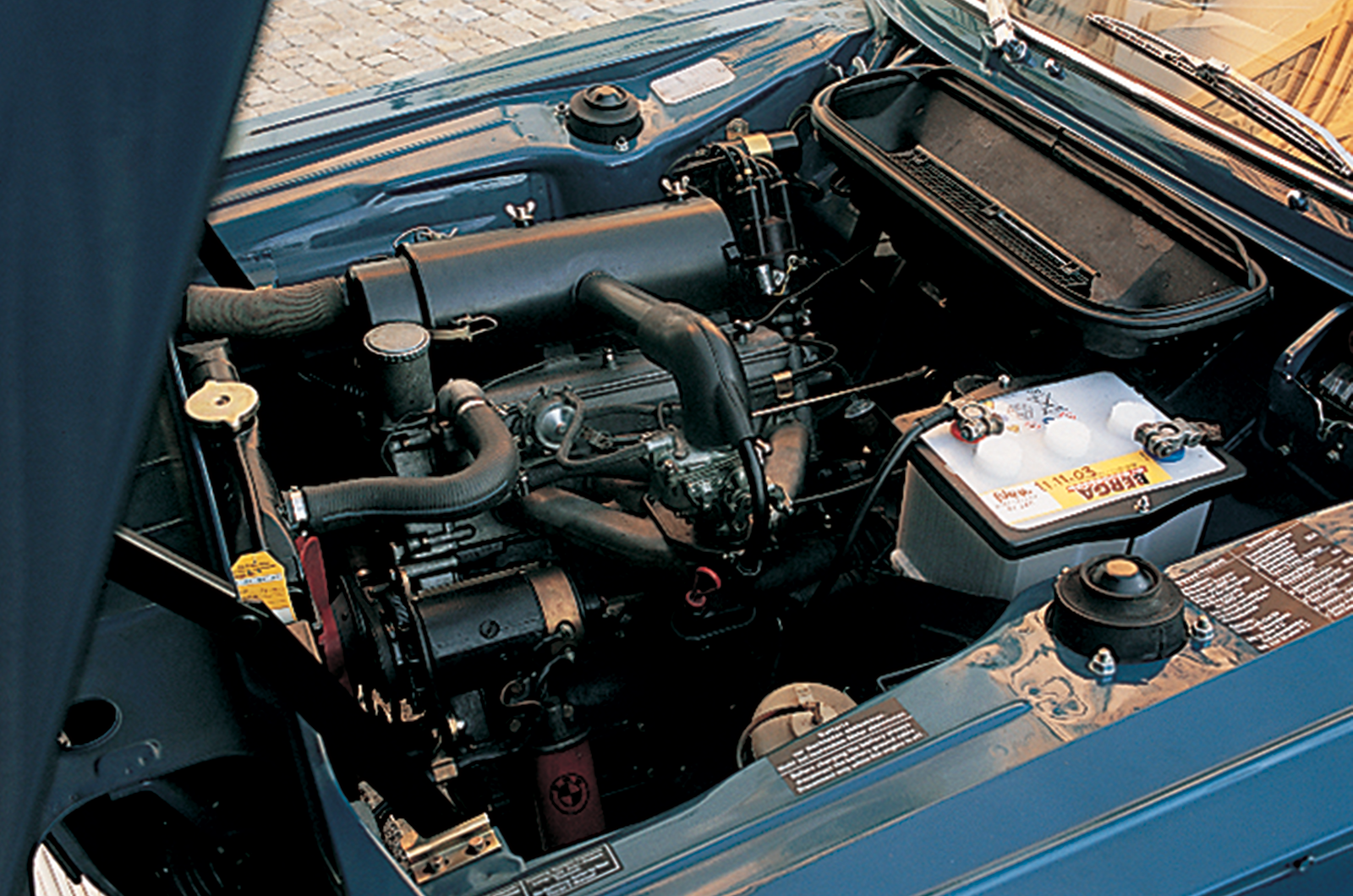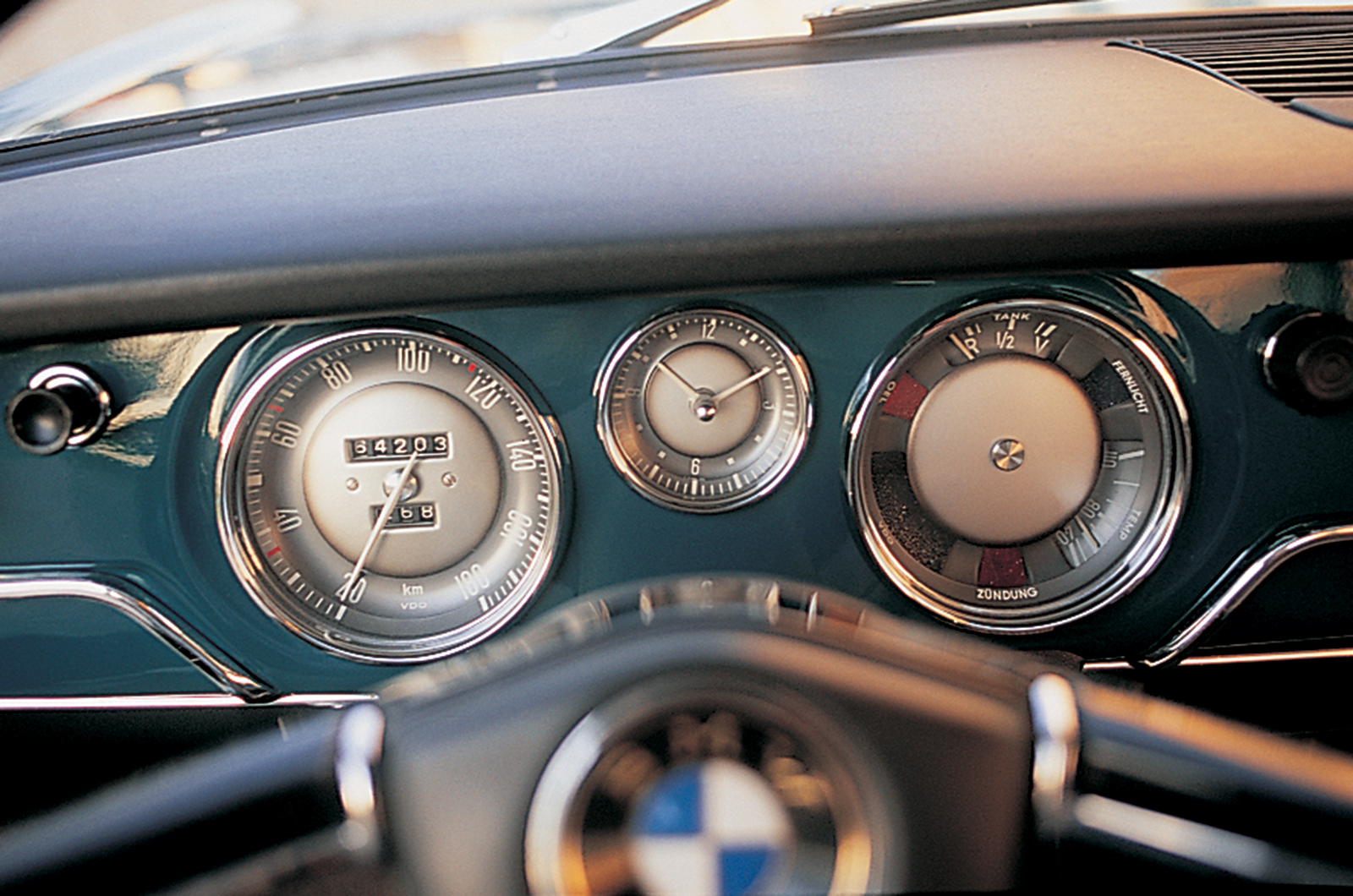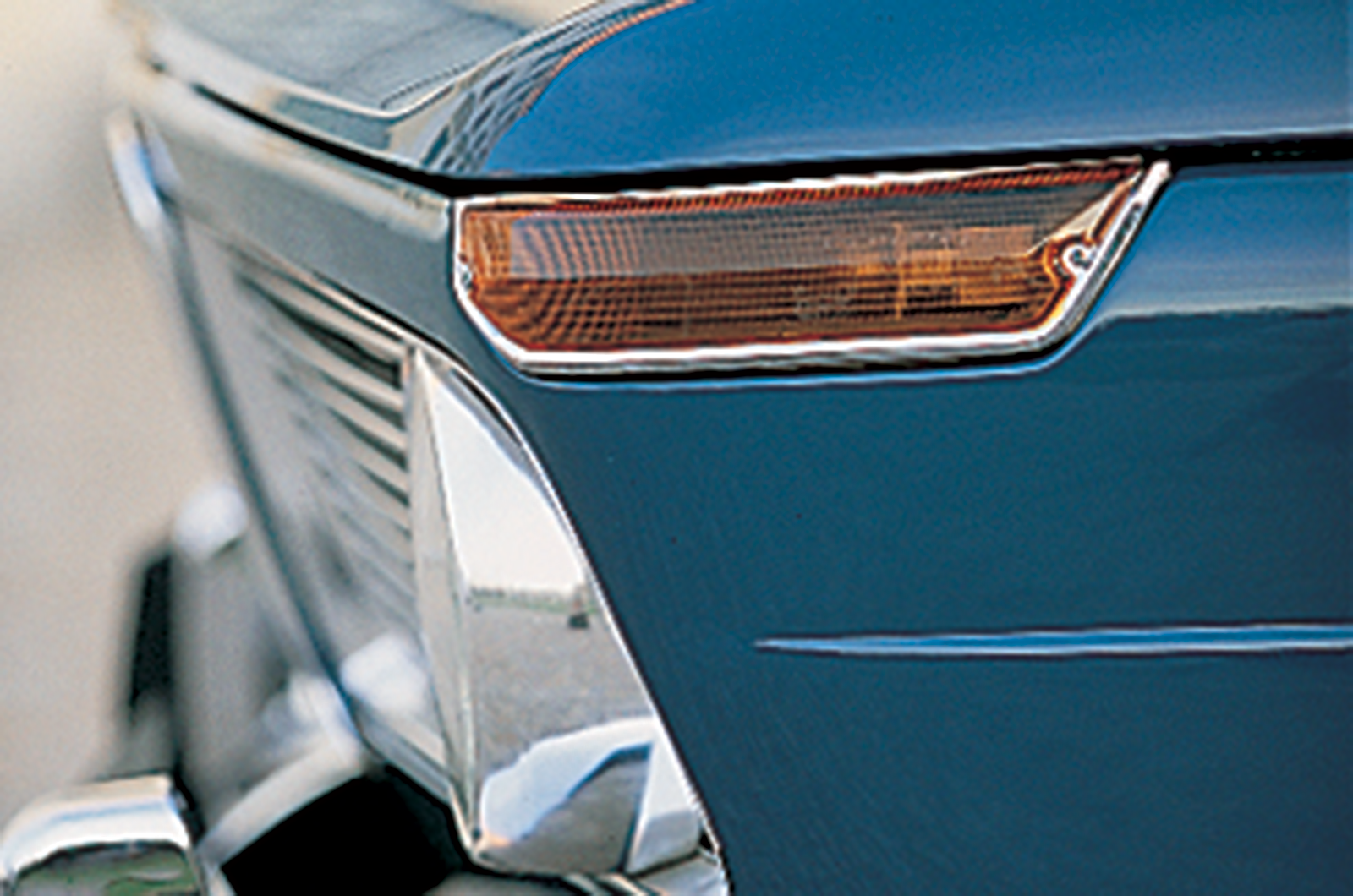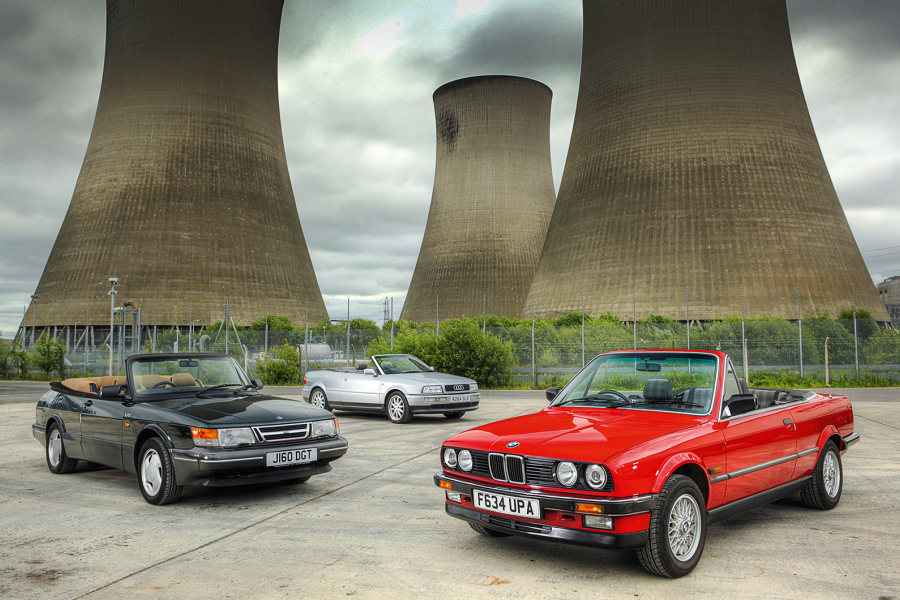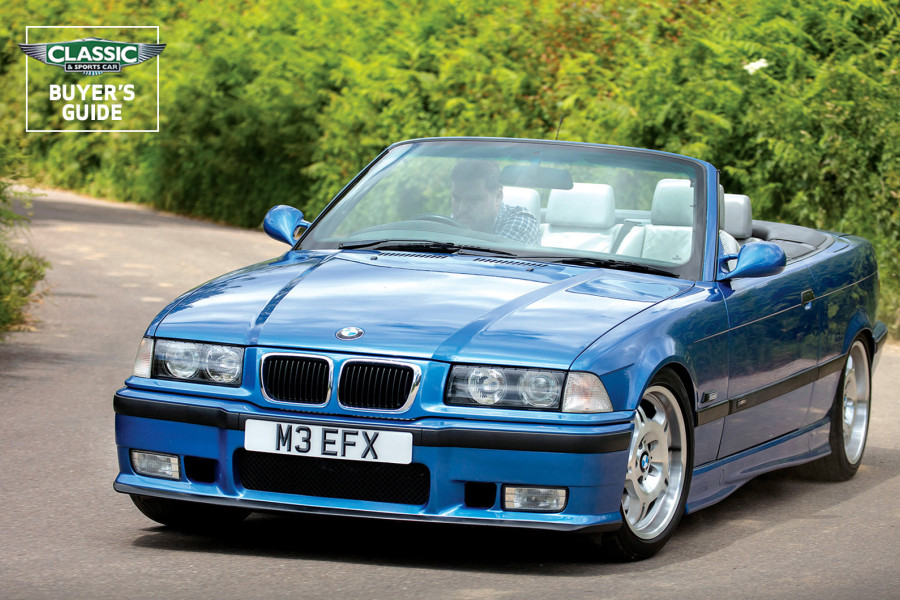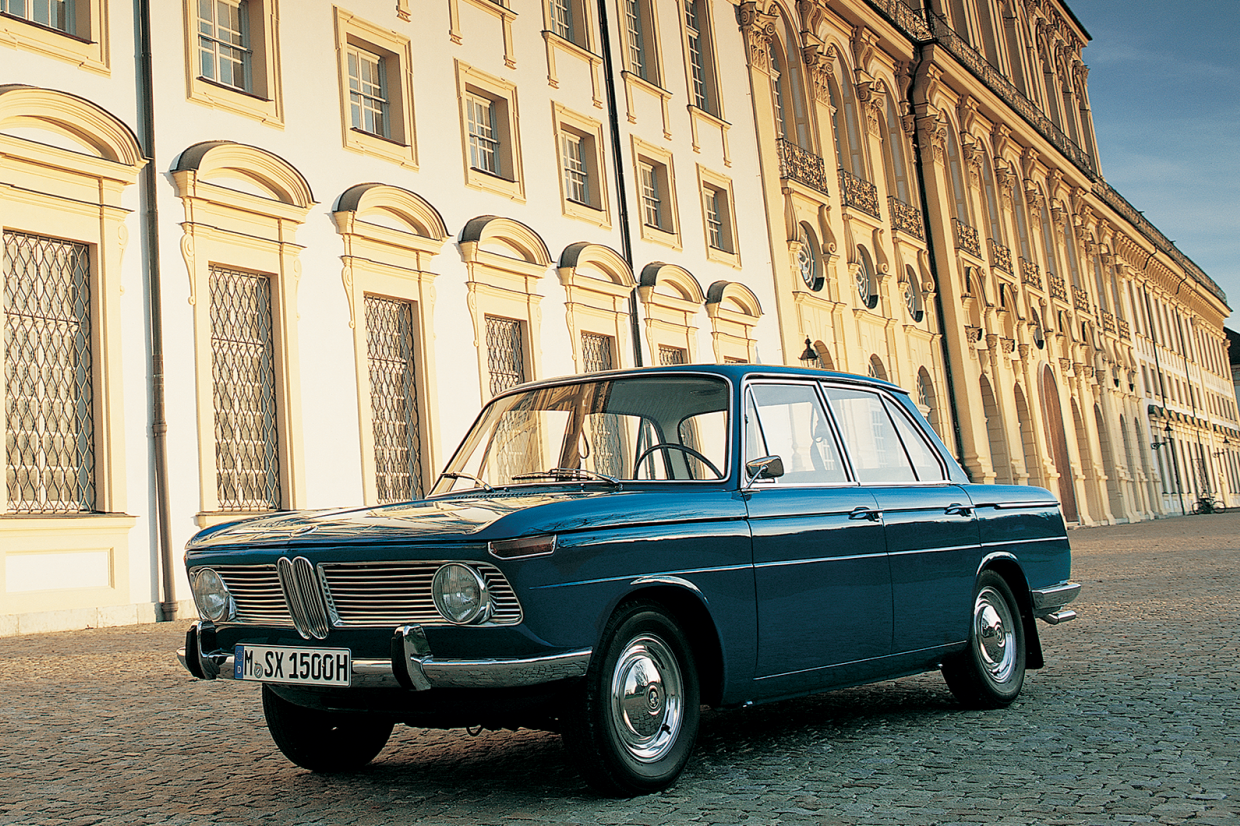
You might not think it now, with a late-model BMW 3 or 5 Series found on almost every street corner across the UK, yet things havenʼt always been rosy for Bayerische Motoren Werke.
In the late ʼ50s, BMW was building beautifully engineered but ferociously expensive V8 cars that few could afford, and the revenue from making Isetta bubble cars under licence barely kept the wolf in interest payments.
In 1959 BMW lost DM15m – a tenth of its turnover – and later that year narrowly avoided being taken over by arch-rival Mercedes-Benz, just up the autobahn in Stuttgart.
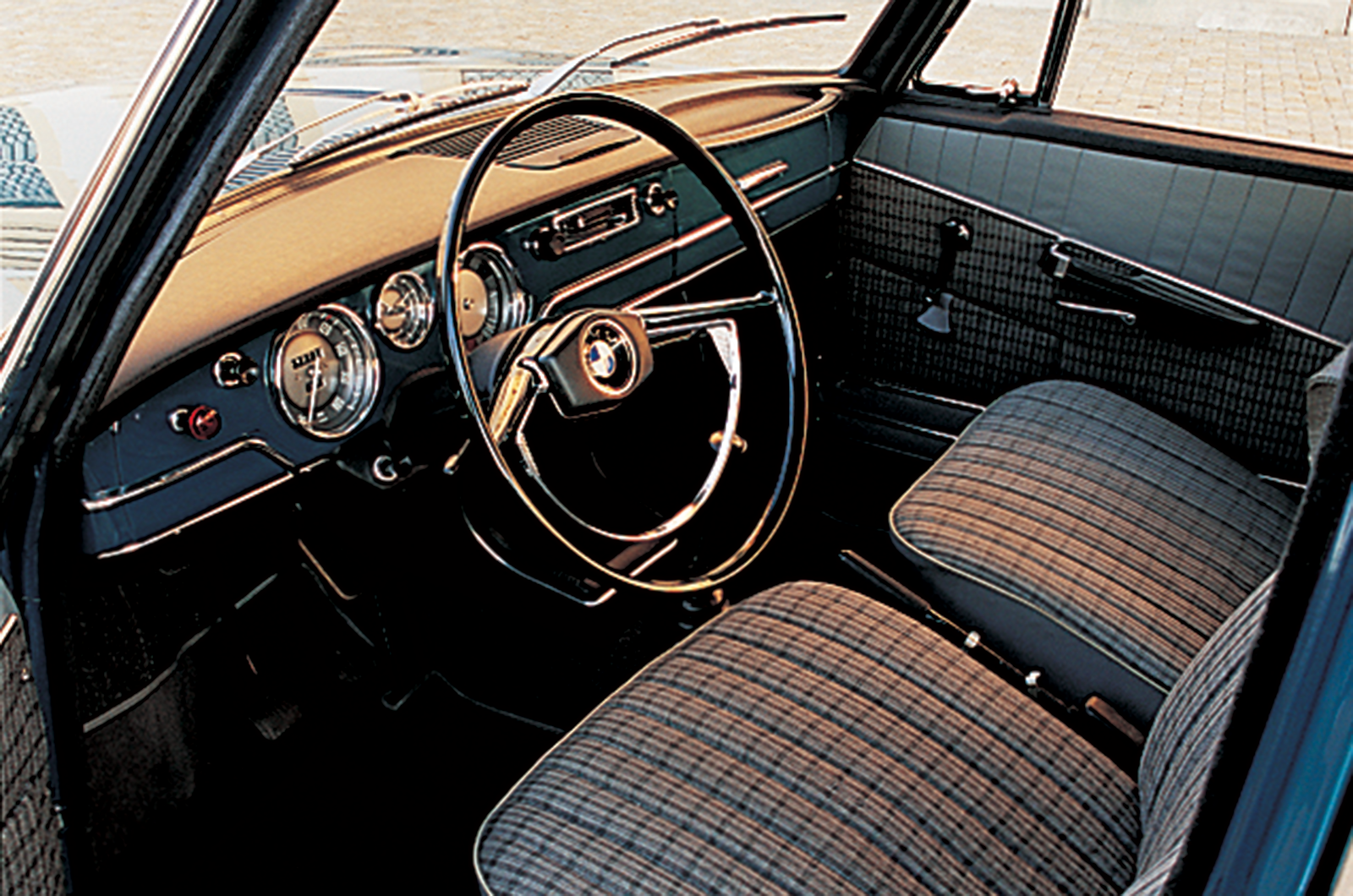
The BMW 1500 has a roomy cabin with stylish chequered cloth
Prospects looked bleak.
But thanks to an injection of funds from Harald and Herbert Quandt, who by autumn 1960 owned two-thirds of the company, BMW could afford to develop a bigger model to sell alongside the cute, rear-engined 700 that had started its recovery.
With typical German logic, it was called the Neue Klasse.
Marketing-savvy head of sales Paul Hahnemann saw a gap for a quality family saloon a cut above the lacklustre offerings from Ford and GM.
Had it not been for this understated but stylish saloon, the famous roundel might be just a memory today.

